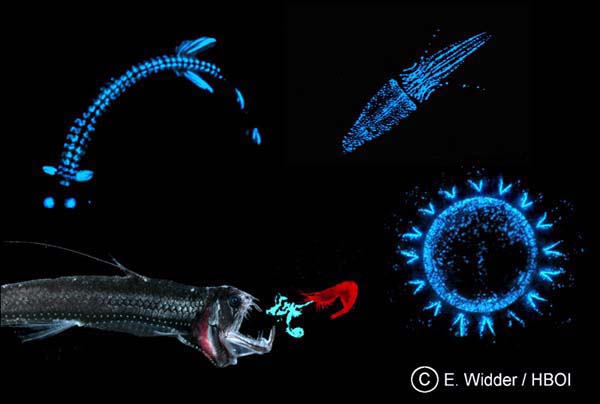 Today we also discussed evolution and slow change over time. We discussed that evolution is not debated (the mechanism for evolution is) and that we have even seen change in humans in the last two to three hundred years. Typically humans are getting taller and have bigger feet than their parents and grandparents. We think this is because of better nutrition.
Today we also discussed evolution and slow change over time. We discussed that evolution is not debated (the mechanism for evolution is) and that we have even seen change in humans in the last two to three hundred years. Typically humans are getting taller and have bigger feet than their parents and grandparents. We think this is because of better nutrition.We talked about the fossil record and how evidence shows whales changing from land mammals to sea mammals over millions of years and how you can observe the small changes in skeletal structure changing over time.
We discussed predator prey adaptations - specifically coloration. The first topic is camouflage. Flounder (like the ones pictured) have passive camouflage. Their bodies are patterned and it allows them to blend in with the background. Can you spot the flounder in these photos?
 Active camouflage is when an organism can actually change the color of its skin to match a background or flash colors to confuse predators and prey. Watch the Kings of Camoflage video about cuttlefish in the sidebar for more information.
Active camouflage is when an organism can actually change the color of its skin to match a background or flash colors to confuse predators and prey. Watch the Kings of Camoflage video about cuttlefish in the sidebar for more information.The photo above is from this cool website blog that archives photos of all kinds of animals that are camouflaged.
We also talked about other types of coloration like mimicry, flash, warning coloration, advertising, and sexual dimorphism. Students finished the day by reviewing coloration and coloring their own fishes. The last fish on the page was supposed to match the shirt you had on. Harley had an excellent example matching her plaid shirt, so I snapped a pic of it. What do you think?





























